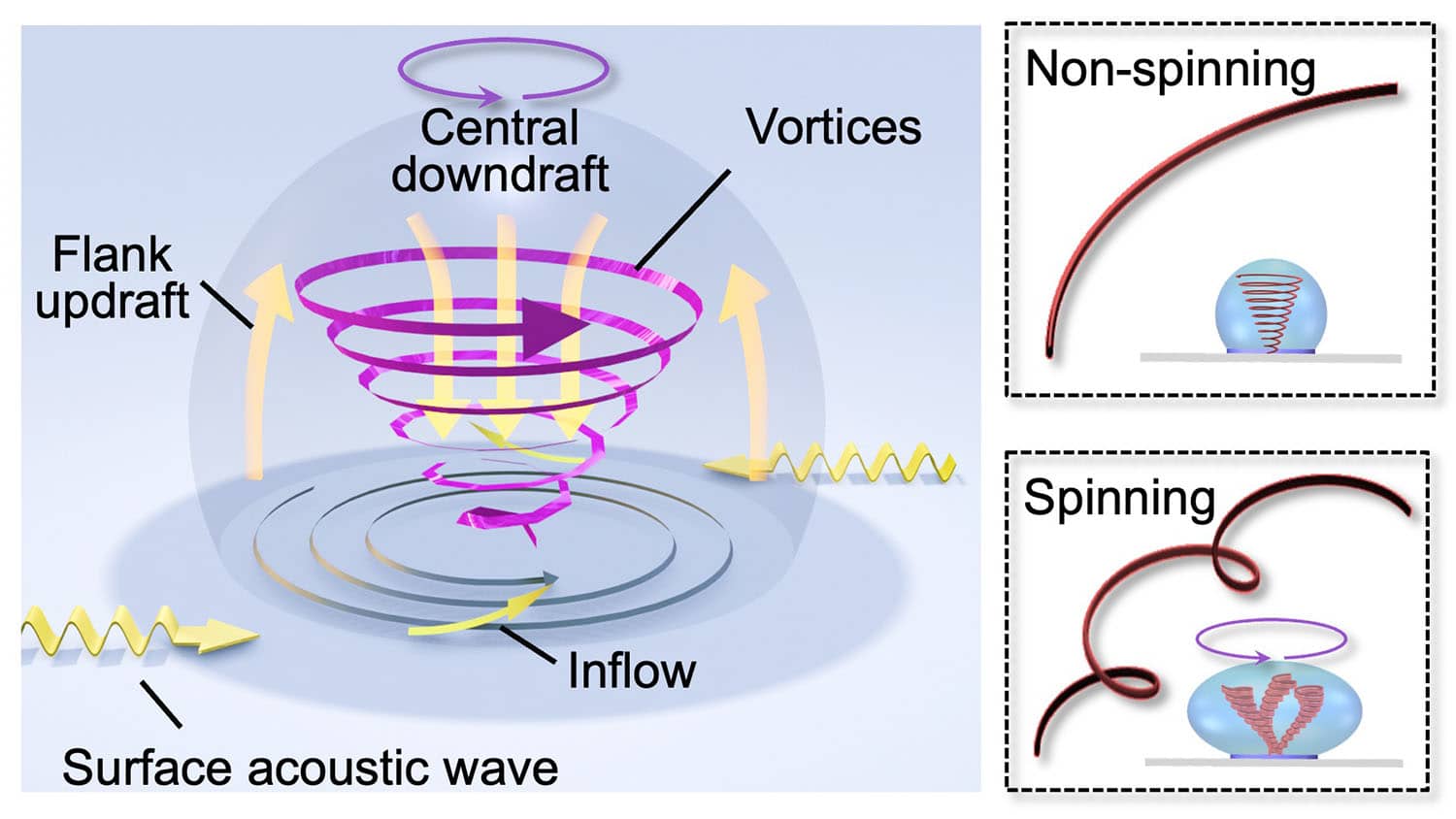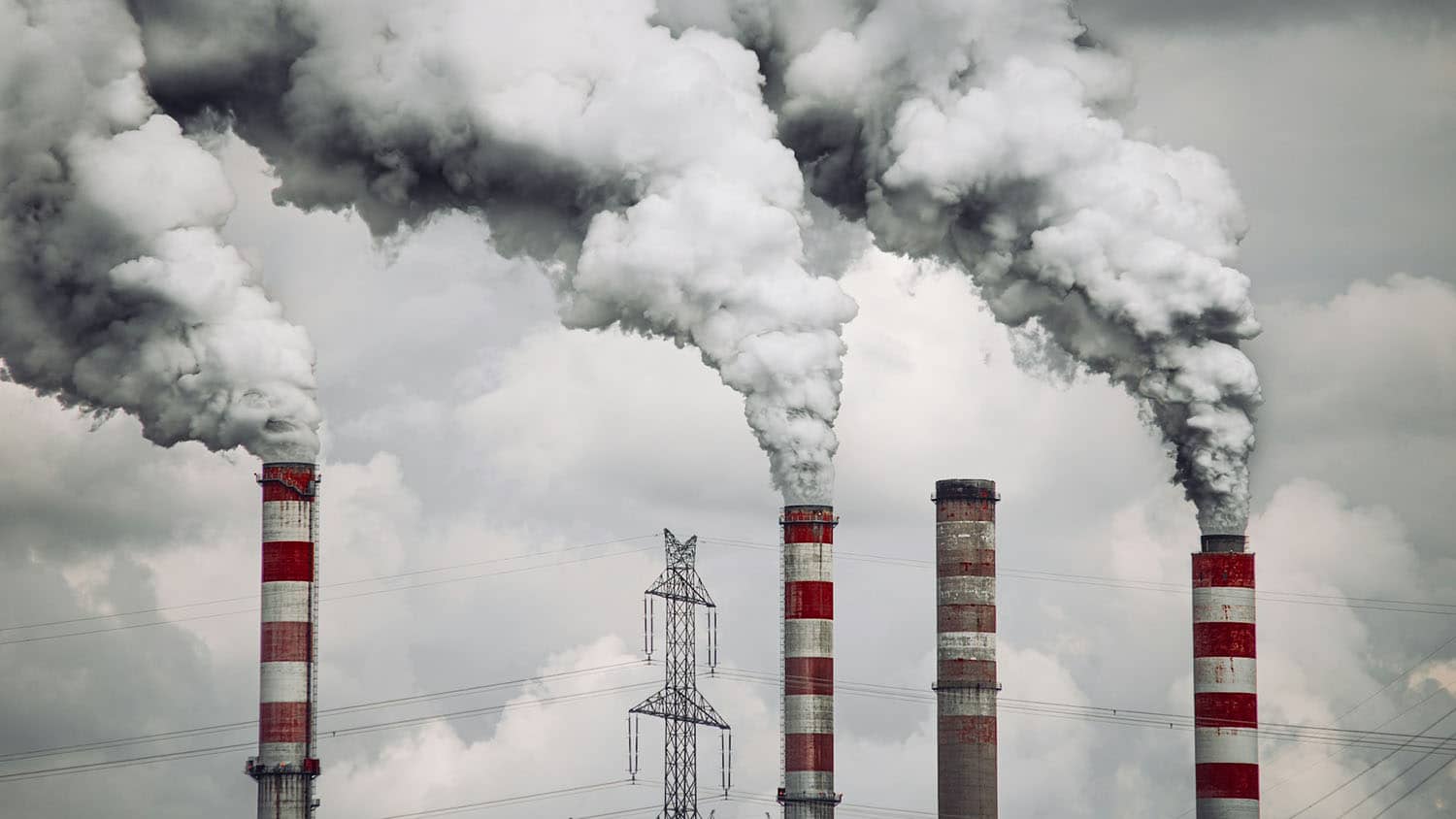Diesel Technologies Drastically Cut Emissions in Real-World Conditions
New research from North Carolina State University shows that federal requirements governing diesel engines of new tractor trailer trucks have resulted in major cuts in emissions of particulate matter (PM) and nitrogen oxides (NOx) – pollutants that have significant human health and environmental impacts.

“These requirements for new emission control technologies have increased costs for truck owners and operators, and we wanted to know whether there was any real benefit,” says Dr. Chris Frey, professor of civil, construction and environmental engineering at NC State and co-author of a paper describing the research. “We found that there is a huge reduction in both PM and NOx emissions.”
Frey and Ph.D. student Gurdas Sandhu used a portable emissions measurement system to sample exhaust from diesel trucks while the trucks were in use on roads and highways. The emission requirements apply to new trucks, meaning that trucks purchased in 2010 and trucks purchased in 1999 were subject to different emission requirements.
Frey and Sandhu found that a truck in compliance with 1999 standards emitted 110 grams of NOx per gallon of fuel used, and 0.22 grams of PM per gallon of fuel used. NOx is a significant contributor to low-level ozone, which adversely impacts respiratory health. PM also adversely impacts respiratory health and, because it is largely made up of black carbon, also contributes to global climate change.
Trucks in compliance with newer standards had far lower emissions. For example, a 2010 truck emitted 2 grams of NOx per gallon of fuel – a decrease of 98 percent. The PM emissions were 95 percent lower.
The NOx reductions stem from the implementation of exhaust gas recirculation and selective catalytic reduction technologies. The PM reductions are the result of installing diesel particulate filters into the tail pipes of diesel trucks.
“While these technologies are a significant investment for truck owners, this study shows that they are achieving a remarkable drop in emissions of contaminants that have meaningful health and environmental consequences,” Frey says.
The paper, “Real-World Measurement and Evaluation of Heavy Duty Truck Duty Cycles, Fuels, and Emission Control Technologies,” is forthcoming from Transportation Research Record, the journal of the Transportation Research Board (TRB). Sandhu is lead author of the paper. The research was supported by the North Carolina Department of Transportation and the National Science Foundation.
-shipman-
Note to Editors: The study abstract follows. It is published with permission of the TRB on behalf of the National Academy of Sciences. The TRB publications index is available at http://pubsindex.trb.org/.
“Real-World Measurement and Evaluation of Heavy Duty Truck Duty Cycles, Fuels, and Emission Control Technologies”
Authors: Gurdas S. Sandhu and H. Christopher Frey, North Carolina State University
Published: forthcoming, Transportation Research Record
Abstract: The purpose of this paper is to assess the robustness of relative comparisons in emission rates between fuels and technologies to differences in real-world duty cycles based on in-use measurements of five heavy duty diesel vehicles (HDDVs). The paper briefly reviews prior comparisons of biodiesel versus ultra low sulfur diesel (ULSD) with respect to emissions, recent changes in emission standards applicable to HDDVs, and typical emission control technologies used in HDDVs. The study methodology includes field measurements with a portable emission measurement system (PEMS) and related instruments and sensors for five selected HDDVs operated in normal service by professional drivers on multiple roundtrip routes within North Carolina. Duty cycles and emission rates are quantified based on manifold absolute pressure (MAP), which is an indicator of engine load. Variability in engine load for each observed roundtrip is quantified based on the cumulative distribution function of normalized MAP. The effect of variability in duty cycles on fuel-based emission rates for NO, CO, hydrocarbons, and particulate matter is evaluated. Comparisons are made for emissions of three trucks operated on each of B20 biodiesel and ULSD. Furthermore, comparisons are made among five trucks with model years ranging from 1999 to 2010 to illustrate the impact of different emission standards and emission control technologies on real world emission rates. A key finding is that relative comparisons pertaining to fuels and technologies are robust to variability in observed duty cycles.
- Categories:


